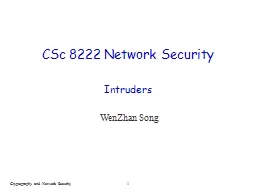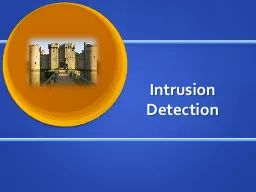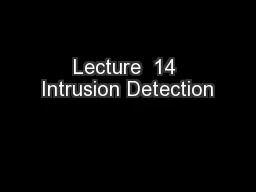PPT-Reliability of Autonomous IoT Systems With Intrusion Detection Attack
Author : phoebe-click | Published Date : 2019-12-12
Reliability of Autonomous IoT Systems With Intrusion Detection Attack Authors DingChau Wang IngRay Chen and Hamid AlHamadi Presented by Abdulaziz Alhamadani and
Presentation Embed Code
Download Presentation
Download Presentation The PPT/PDF document "Reliability of Autonomous IoT Systems Wi..." is the property of its rightful owner. Permission is granted to download and print the materials on this website for personal, non-commercial use only, and to display it on your personal computer provided you do not modify the materials and that you retain all copyright notices contained in the materials. By downloading content from our website, you accept the terms of this agreement.
Reliability of Autonomous IoT Systems With Intrusion Detection Attack: Transcript
Download Rules Of Document
"Reliability of Autonomous IoT Systems With Intrusion Detection Attack"The content belongs to its owner. You may download and print it for personal use, without modification, and keep all copyright notices. By downloading, you agree to these terms.
Related Documents














